ECONOMY
Reading between the lines of NSSO’s recent HCE Survey 2022-23
- IBJ Bureau
- Feb 28, 2024
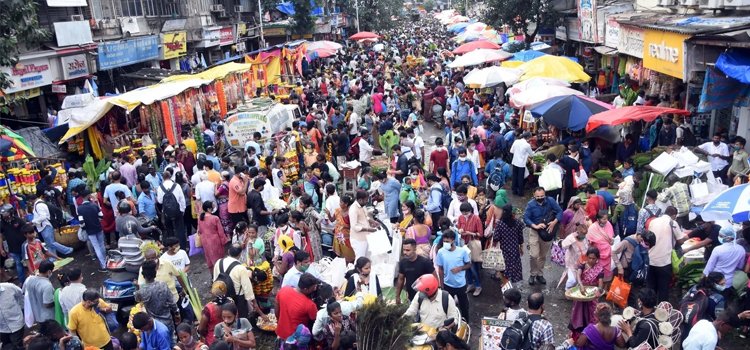
The latest Household Consumption Expenditure (HCE) Survey of National Sample Survey Office (NSSO) throws up some interesting information. The latest edition of the survey, conducted between August 2022 and July 2023, shows that monthly per capita consumption expenditure (MPCE) in rural areas more than doubled from Rs 1,430 in 2011-12 to Rs 3,773 in 2022-23. In urban areas too, the MPCE more than doubled from Rs 2,630 to Rs 6,459 during the period in review.
The NSSO conducts the HCE Survey once in five years. A survey was done in 2017-18. However, the results of that survey were not released by the government on grounds of issues of quality of data. The leaked reports of the survey, as was widely expected, had shown a decline in consumption expenditure, in the backdrop of the fateful demonetisation.
So, after a long gap of a decade, there is a new set of consumption data. At 2011-12 prices, adjusted for inflation, consumption expenditure translates to an increase of 3.1 per cent per year in rural areas and 2.7 per cent in urban areas. The disaggregated data throws up many interesting trends. In rural areas, the share of food in the spending basket has declined from 52.9 per cent in 2011-12 to 46.4 per cent in 2022-23. In urban areas, it has fallen from 42.6 per cent to 39.2 per cent.
Consumption of non-essential items such as durable goods comprised about 7 per cent of per capita spending in 2022-23 across both rural and urban regions, up from around 5 per cent in 2011-12. Spending on conveyance also rose to about 9 per cent in 2022-23 across urban and rural areas, up from about 7 per cent in 2011-12.
In light of the new expenditure data, there are calls for overhauling the composition and weights assigned to each segment in the Consumer Price Index (CPI). The arguments in favour of the overhaul are the lower share of expenditure on food and on cereals within the food basket, while higher weights are assigned to the food basket in the CPI-based inflation.
The arguments are indeed valid. But caution dictates that 2022-23 is an unusual year to be taken as a base year. It was the year when the economy witnessed pent-up demand following periods of lockdowns in the previous year. So, a spurt in consumption expenditure was but natural during 2022-23.
Meanwhile, mocking voices are gradually growing louder, and they are questioning the credibility of the view of declining rural income and rural distress. They wonder how expenditure would surge, rural incomes were subdued.
The surge in consumption expenditure in both rural and urban areas can be very well explained without turning euphoric. Unprecedented surge in personal loans in the past years recounts a sad tale of loans bridging the expenditure gap in many cases amid stagnant income.
There is another curious detail regarding the timing of the release of the HCE survey. The NSSO typically releases a full report of the HCE survey with unit-level data. The current report, on the other hand, contains only summary statistics, which are only good enough to compare the HCE data under the current government and the previous government just ahead of the general elections.
Nevertheless, the recent HCE survey report is welcome. The full report should come sooner to really understand the real trends in expenditure. Moreover, it is high time that the general census was also conducted, with the last one of 2011 seeming like ages ago. A lack of data is bad for economic policy and planning. But weaponising data is worse and can be dangerous too.


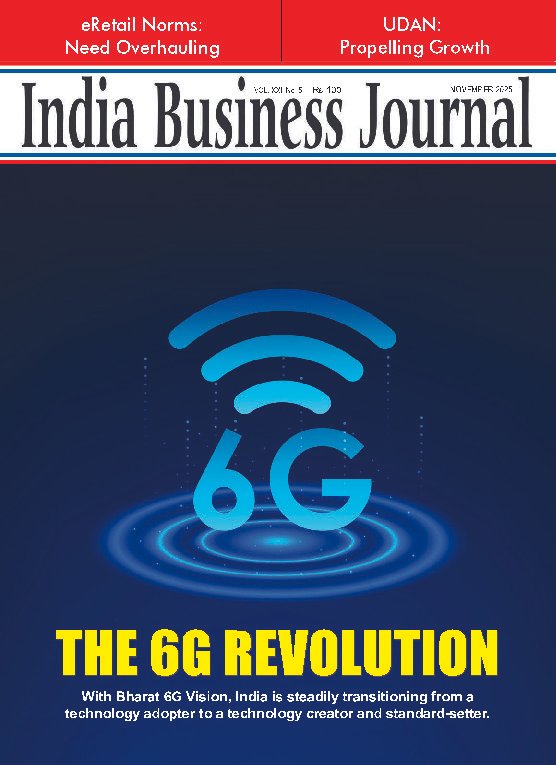
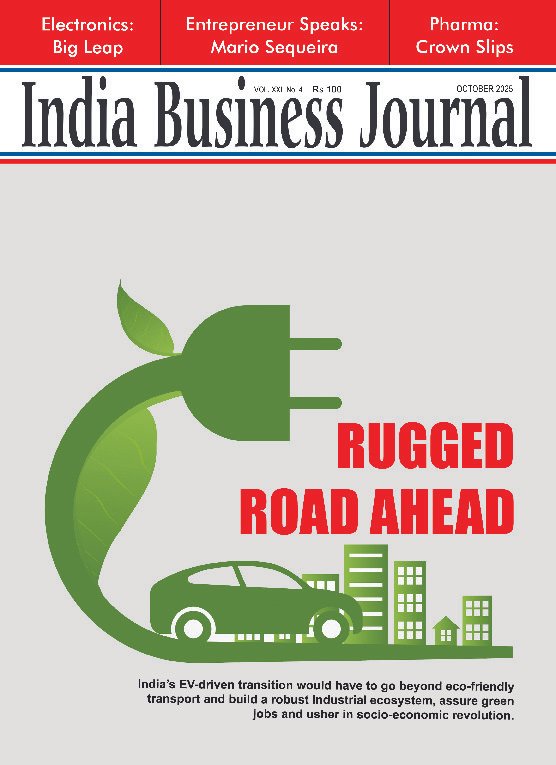
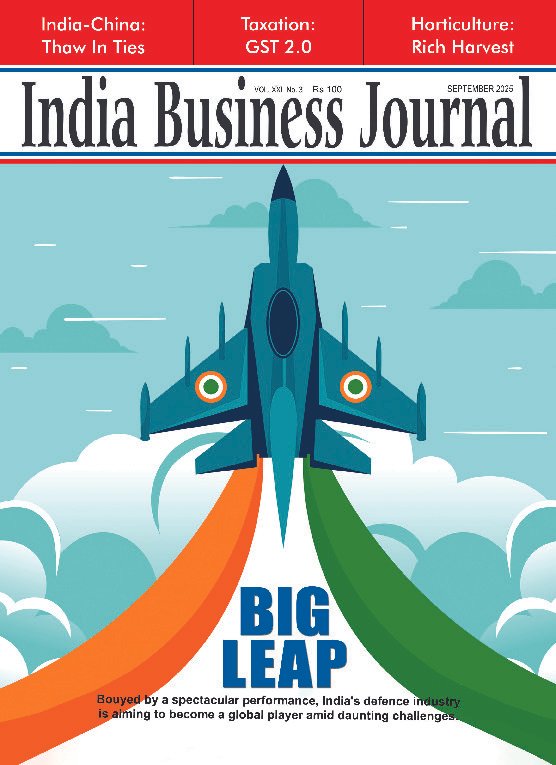
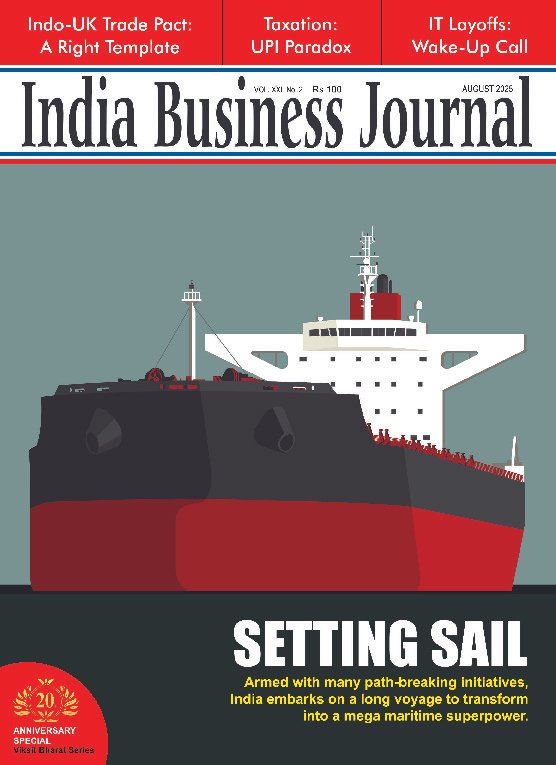






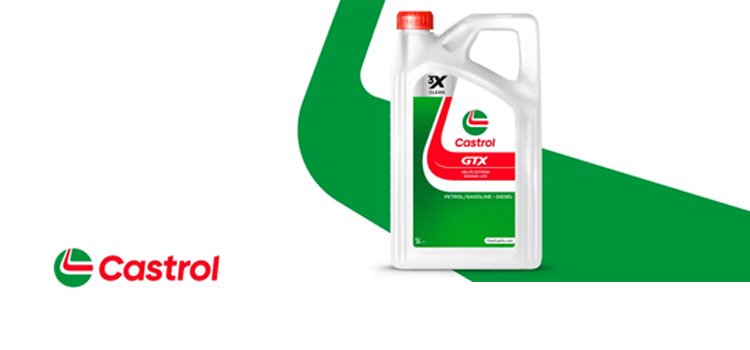

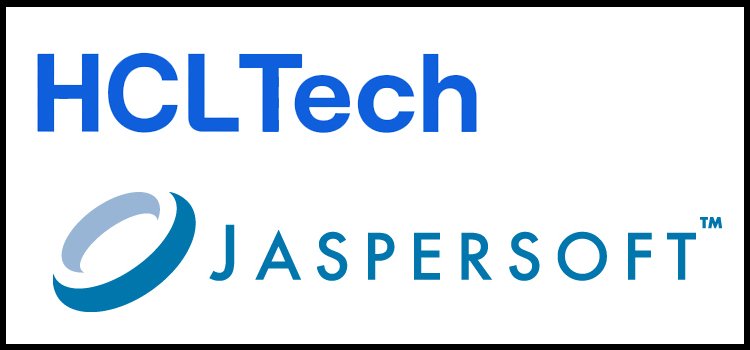
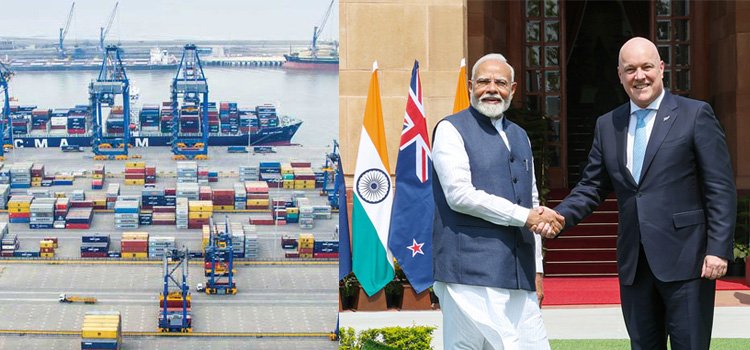
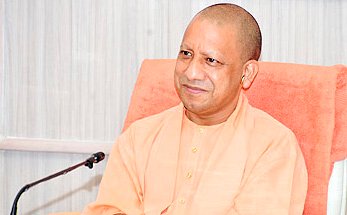
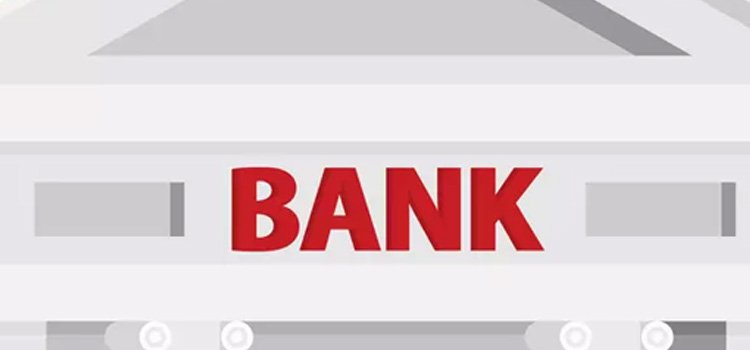


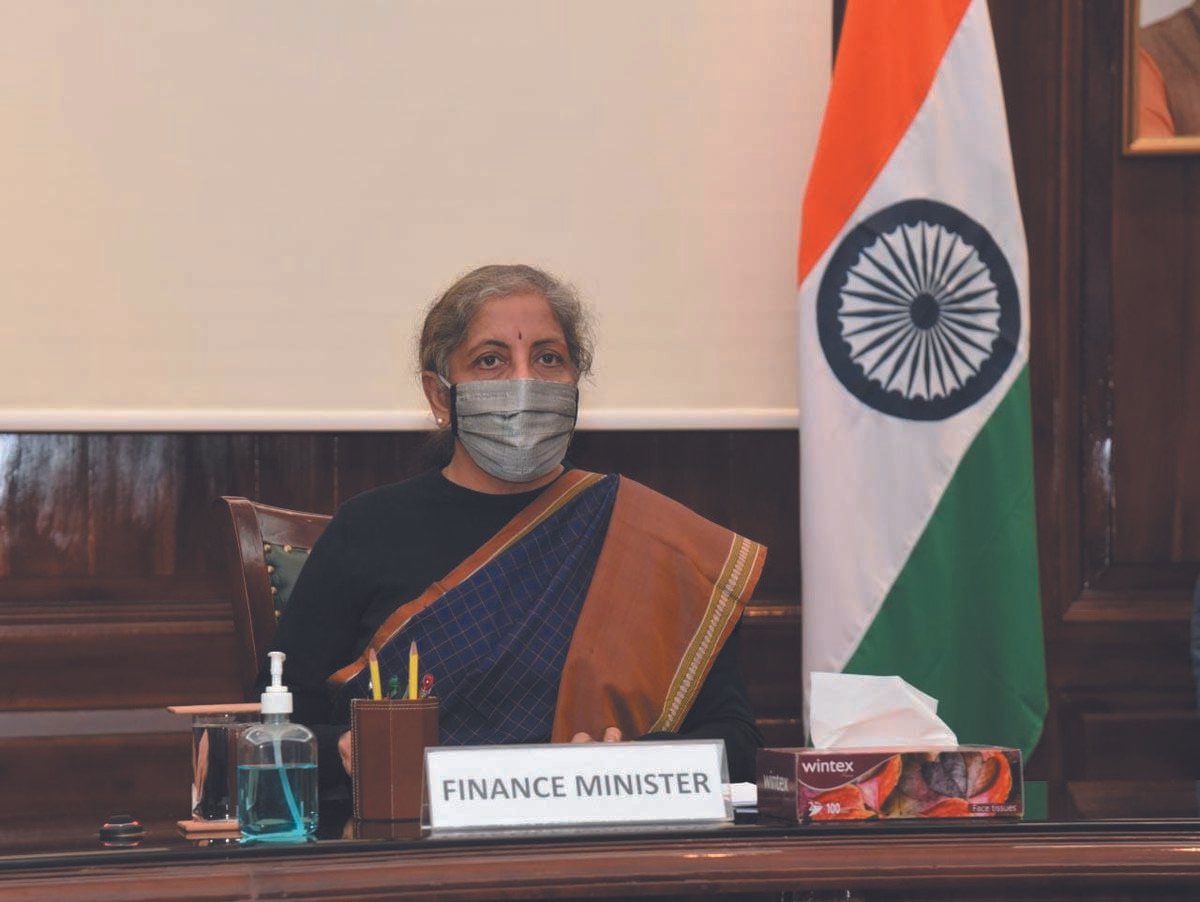
Report By
View Reporter News